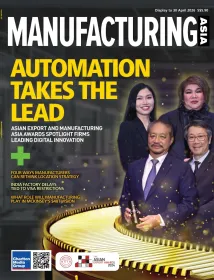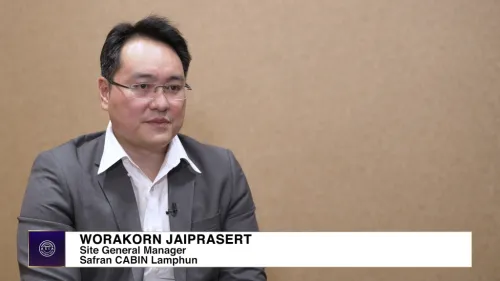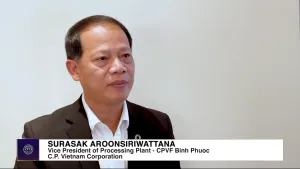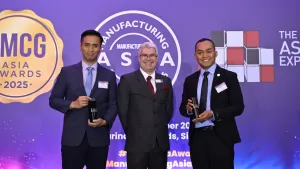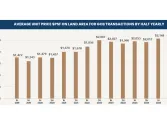Southeast Asia and India reap more manufacturing amidst diversification
They benefit as companies diversify manufacturing due to reshoring, nearshoring, and friendshoring trends.
As companies diversify their manufacturing capabilities, Southeast Asia and India are emerging as key beneficiaries. Michael Ignatiadis, Asia Pacific Head of Manufacturing Strategy at JLL, identifies three main trends driving this shift from China: reshoring, nearshoring, and friendshoring.
Ignatiadis explained that reshoring is the process of bringing sensitive industries back to Europe or the US. This movement is primarily driven by specific policies like the US Chips and Science Act, which aims to establish a semiconductor industry within the United States.
Nearshoring, on the other hand, involves relocating manufacturing closer to the end consumer. This trend has led companies to shift their factories from China to Southeast Asia, India, and Mexico.
According to Ignatiadis, Mexico primarily serves the North American market, while Southeast Asia and India cater to the global market. “Nearshoring is driven primarily by tit for tat economics. We've seen it recently, with all the EV tariffs and solar tariffs imposed by the US,” Ignatiadis noted.
The third trend, friendshoring, involves relocating manufacturing to countries with which companies have strong diplomatic relations. This strategy aims to build more resilience into manufacturing operations by diversifying locations globally.
Ignatiadis also highlighted the sectors seeing the most foreign direct investment. He pointed to the EV and battery sector and the semiconductor electronics sector as significant beneficiaries. Countries like Indonesia, rich in natural resources, are attracting investors in the EV battery sector.
“Indonesia has almost a quarter of the world's reserves of nickel, which is a key component to EV batteries,” he said. For instance, the Chinese battery manufacturer CTL is investing $6 billion in India to develop an end-to-end lithium battery supply chain, drawing EV automakers like the Vietnamese firm VinFast.
Similarly, the semicon electronics sector is flourishing in countries like Vietnam, which are heavily investing in building a skilled workforce to attract foreign investment. Ignatiadis mentioned that Vietnam aims to increase its semicon workforce from 5,000 to 50,000 engineers over the next five years. Malaysia is pursuing similar goals to boost its semiconductor industry.



